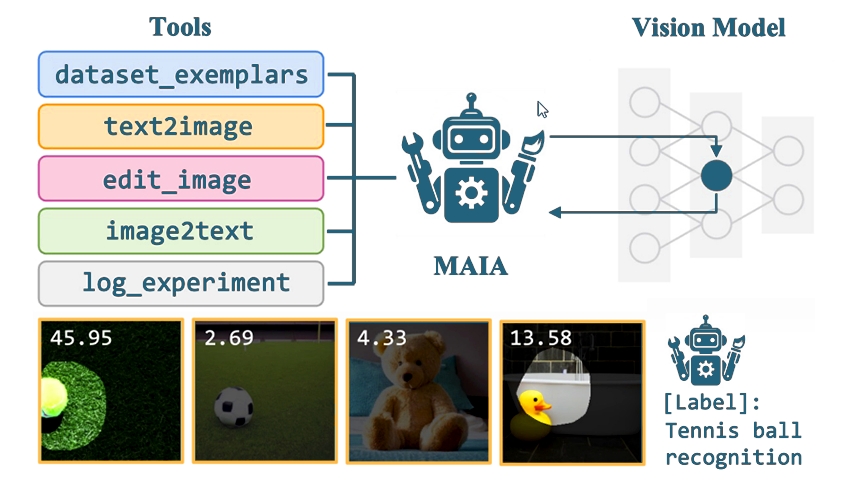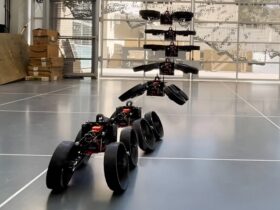
As artificial intelligence (AI) systems become increasingly complex, understanding their inner workings is crucial for safety, fairness, and transparency. Researchers at MIT’s Computer Science and Artificial Intelligence Laboratory (CSAIL) have introduced an innovative solution called “MAIA” (Multimodal Automated Interpretability Agent), a system that automates the interpretability of neural networks.
MAIA is designed to tackle the challenge of understanding large and intricate AI models. It automates the process of interpreting computer vision models, which evaluate different properties of images. MAIA leverages a vision-language model backbone combined with a library of interpretability tools, allowing it to conduct experiments on other AI systems.
According to Tamar Rott Shaham, a co-author of the research paper, their goal was to create an AI researcher that can conduct interpretability experiments autonomously. Since existing methods merely label or visualize data in a one-shot process, MAIA, however, can generate hypotheses, design experiments to test them, and refine its understanding through iterative analysis.
MAIA’s capabilities are demonstrated in three key tasks:
- Component Labeling: MAIA identifies individual components within vision models and describes the visual concepts that activate them.
- Model Cleanup: by removing irrelevant features from image classifiers, MAIA enhances their robustness in novel situations.
- Bias Detection: MAIA hunts for hidden biases, helping uncover potential fairness issues in AI outputs.
One of MAIA’s notable features is its ability to describe the concepts detected by individual neurons in a vision model. For example, a user might ask MAIA to identify what a specific neuron is detecting. MAIA retrieves “dataset exemplars” from ImageNet that maximally activate the neuron, hypothesizes the causes of the neuron’s activity, and designs experiments to test these hypotheses. By generating and editing synthetic images, MAIA can isolate the specific causes of a neuron’s activity, much like a scientific experiment.
MAIA’s explanations are evaluated using synthetic systems with known behaviors and new automated protocols for real neurons in trained AI systems. The CSAIL-led method outperformed baseline methods in describing neurons in various vision models, often matching the quality of human-written descriptions.
The field of interpretability is evolving alongside the rise of “black box” machine learning models. Current methods are often limited in scale or precision. The researchers aimed to build a flexible, scalable system to answer diverse interpretability questions. Bias detection in image classifiers was a critical area of focus. For instance, MAIA identified a bias in a classifier that misclassified images of black labradors while accurately classifying yellow-furred retrievers.
Despite its strengths, MAIA’s performance is limited by the quality of its external tools. As image synthesis models and other tools improve, so will MAIA’s effectiveness. The researchers also implemented an image-to-text tool to mitigate confirmation bias and overfitting issues.
Looking ahead, the researchers plan to apply similar experiments to human perception. Traditionally, testing human visual perception has been labor-intensive. With MAIA, this process can be scaled up, potentially allowing comparisons between human and artificial visual perception.
Understanding neural networks is difficult due to their complexity. MAIA helps bridge this gap by automatically analyzing neurons and reporting findings in a digestible way. Scaling these methods up could be crucial for understanding and overseeing AI systems.
MAIA’s contributions extend beyond academia. As AI becomes integral to various domains, interpreting its behavior is essential. MAIA bridges the gap between complexity and transparency, making AI systems more accountable. By equipping AI researchers with tools that keep pace with system scaling, we can better understand and address the challenges posed by new AI models.
For more details, the research is published on the arXiv preprint server.












